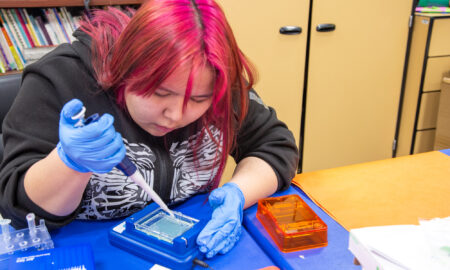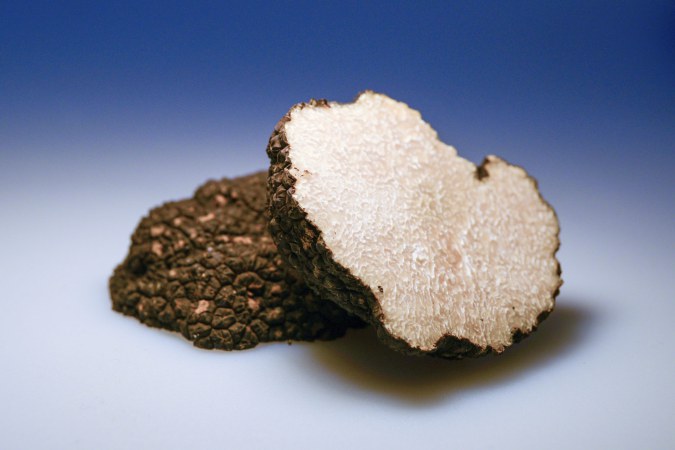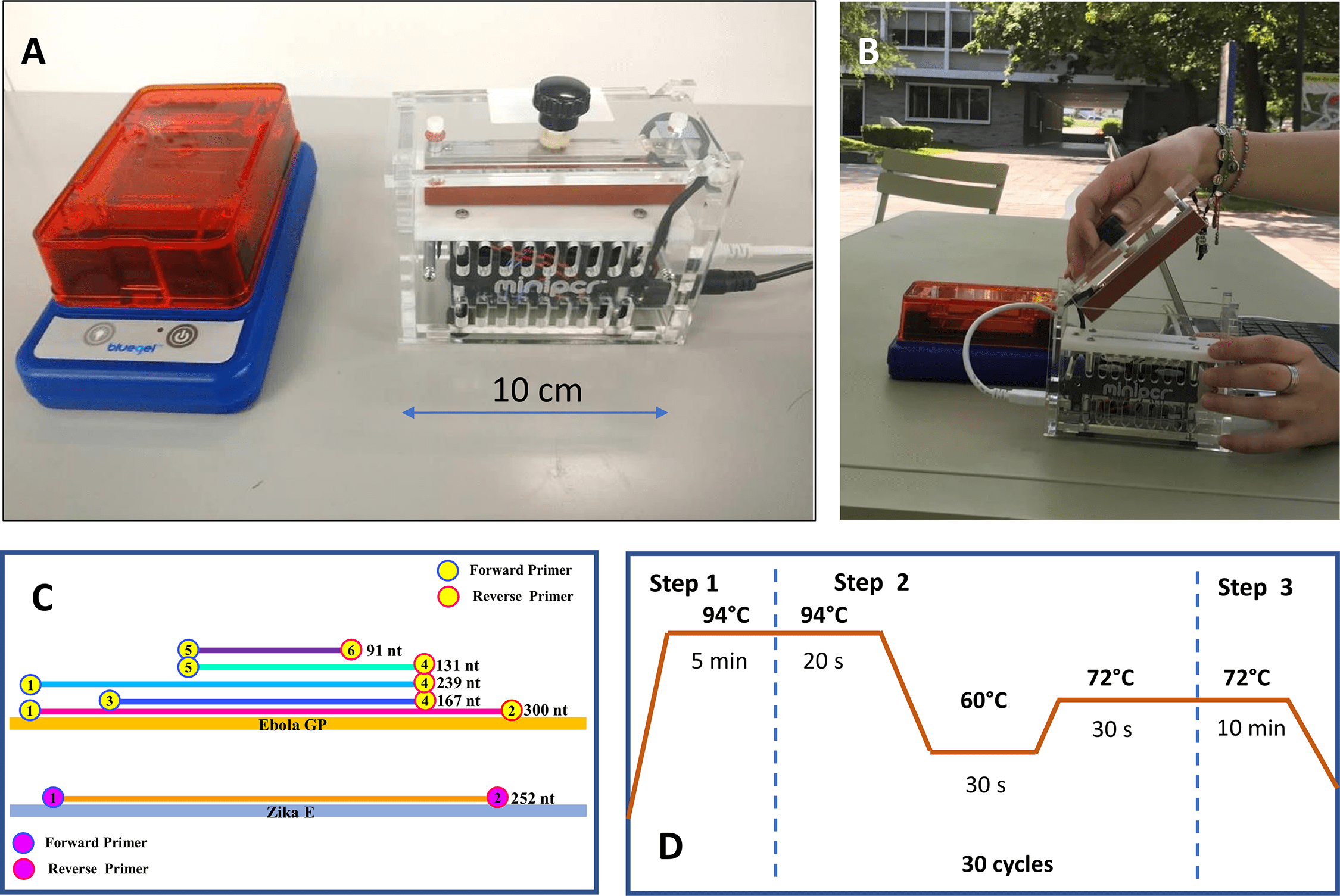Unlocking Fungal Secrets with DNA Barcoding
Have you ever stumbled upon beautiful fungi in the woods and wondered, “What is that?” Well, thanks to fungal DNA barcoding, the answer is just a PCR test away! DNA barcoding is revolutionizing the way we identify and classify fungal species, offering a powerful tool for researchers, citizen scientists, and amateur mycologists.
In this blog post, we’ll dive into the fascinating world of fungal DNA barcoding, using the miniPCR fungal DNA barcoding kit as our guide. We’ll explore:
- What is fungal DNA barcoding? In simple terms, it’s like a fingerprint for fungi. By analyzing a specific gene region called the internal transcribed spacer (ITS), scientists can accurately identify fungal species with remarkable precision.
- Why is it important? Fungi play crucial roles in ecosystems, from decomposition to nutrient cycling. Accurately identifying fungal species is essential for understanding these roles, as well as for applications in agriculture, medicine, and environmental monitoring.
- How does the miniPCR kit work? The kit provides everything you need for a streamlined DNA barcoding workflow, from collecting your fungal sample to analyzing PCR results. It’s very easy to use, making it accessible to anyone with a basic understanding of DNA extraction and PCR; an optional add-on helps you prepare your PCR products for DNA sequencing (not included).
- What else will I need? The use the kit you will need PCR and gel electrophoresis equipment, including variable volume micropipettes. To complete your DNA analysis you will also need access to a mail-in Sanger sequencing service (like Genewiz), and to an internet database of fungal barcode sequences (such as GenBank).
- What are the benefits? Compared to traditional identification methods, DNA barcoding offers several advantages: it’s way more accurate, even for species that look indistinguishable by eye, and can work with even tiny or degraded samples. This makes it ideal for studying elusive or challenging fungal species.
But beyond the technical aspects, fungal DNA barcoding also opens up a world of exciting possibilities for exploration and discovery. Imagine being able to:
- Map the fungal diversity in your own backyard.
- Contribute to citizen science projects studying fungal communities around the globe.
- Identify potentially harmful fungi that could pose threats to crops or human health.
- Uncover new fungal species with unique properties that could lead to groundbreaking applications in medicine or biotechnology.
The miniPCR fungal DNA barcoding kit is more than just a scientific tool; it’s an invitation to join a global community of mycophiles on a quest to understand the hidden world of fungi. So, grab your kit, head outdoors, and get ready to have your mind blown by the sheer diversity and wonder of the fungal kingdom!










